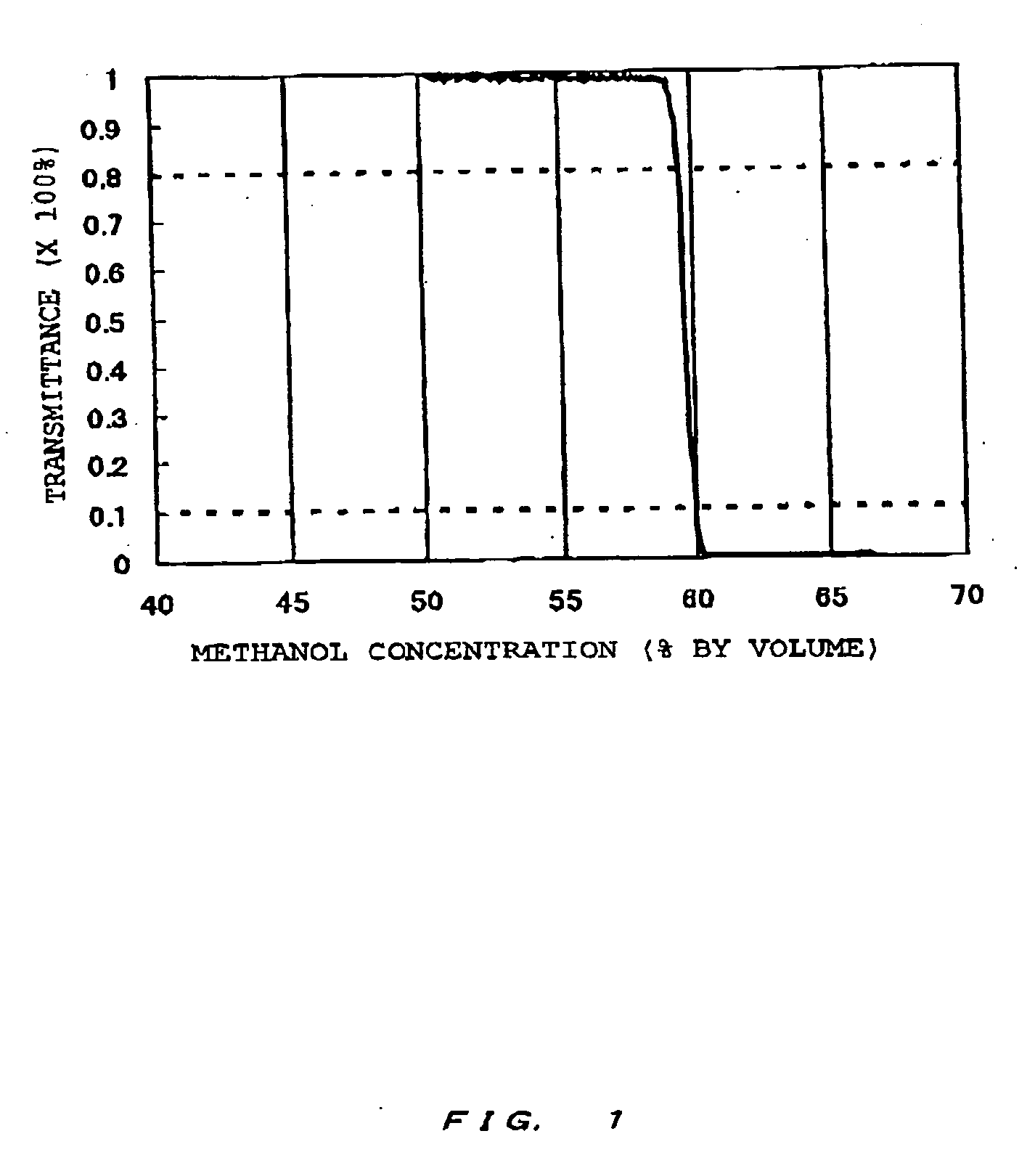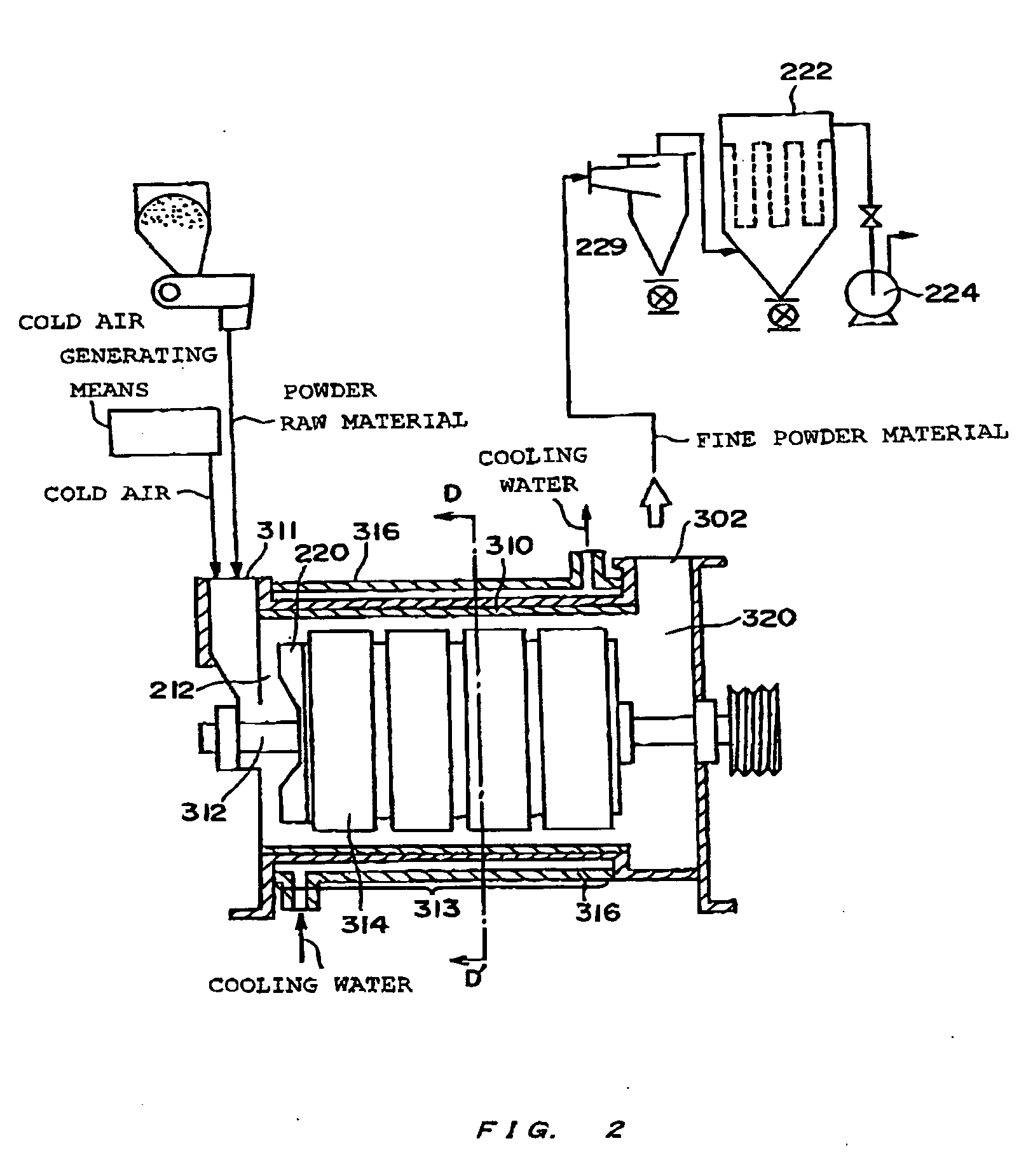Toner
a technology of toner and spherical paper, applied in the field of toner, can solve the problems of difficult to overcome all of the problems, increase the operation speed, and reduce the image density, and achieve the effects of lowering the image density, excellent fixing property, and high temperature offset property
- Summary
- Abstract
- Description
- Claims
- Application Information
AI Technical Summary
Benefits of technology
Problems solved by technology
Method used
Image
Examples
example 2
Polyester Resin Manufacturing Example 2
[0248]
Terephthalic acid18 parts by mass Isophthalic acid3 parts by massTrimellitic anhydride7 parts by massBisphenol derivative represented by the formula (A)70 parts by mass (wherein R: propylene group, average of x + y = 2.2)Oxyalkylene ether of novolak type phenolic resin2 parts by massrepresented by the formula (C) (whereinR = ethylene group, average of x = 2.6,average of each of y1, y2, and y3 = 1.0)
[0249] 0.5 parts by mass of dibutyltin oxide was added as a catalyst to the mixture above. A condensation polymerization reaction took place in the mixture at 240° C. Then cross-linked polyester resin H-1 (Tg: 56° C., THF insoluble component: 37% by mass, MI (190° C.) 1.1, Mn: 5300, Mw: 110,000, peak molecular weight: 8600, acid value: 24 mgKOH / g, hydroxyl value: 21 mgKOH / g) was obtained.
example 3
Polyester Resin Manufacturing Example 3
[0250]
Terephthalic acid15 parts by mass Isophthalic acid4 parts by massTrimellitic anhydride9 parts by massBisphenol derivative represented by the formula (A)70 parts by mass (wherein R: propylene group, average x + y = 2.2)Oxyalkylene ether of novolak type phenolic resin2 parts by massrepresented by the formula (C) (whereinR = ethylene group, average of x = 2.6,average of each of y1, y2, and y3 = 1.0)
[0251] 0.5 parts by mass of dibutyltin oxide was added as a catalyst to the mixture above. A condensation polymerization reaction took place in the mixture at 240° C. Then cross-linked polyester resin H-2 (Tg: 58° C., THF insoluble component: 49% by mass, MI (190° C.): 0.2, Mn: 5400, Mw: 130,000, peak molecular weight: 9000, acid value: 16 mgKOH / g, hydroxyl value: 15 mgKOH / g) was obtained.
example 4
Polyester Resin Manufacturing Example 4
[0252]
Terephthlic acid21parts by massIsophthalic acid5parts by massTrimellitic anhydride3parts by massBisphenol derivative represented by the formula (A)70parts by mass(wherein R: propylene group, average of x + y =2.2)Oxyalkylene ether of novolak type phenolic resin1part by massrepresented by the formula (C) (whereinR = ethylene group, average of x = 2.6,average of each of y1, y2, and y3 = 1.0)
[0253] 0.5 parts by mass of dibutyltin oxide was added as a catalyst to the mixture above. A condensation polymerization reaction took place in the mixture at 240° C. Then cross-linked polyester resin H-3 (Tg: 55° C., THF insoluble component: 22% by mass, MI (190° C.) 6.3, Mn: 5100, Mw: 100,000, peak molecular weight: 8200, acid value: 35 mgKOH / g, hydroxyl value: 26 mgKOH / g) was obtained.
PUM
| Property | Measurement | Unit |
|---|---|---|
| optical transmittance | aaaaa | aaaaa |
| optical transmittance | aaaaa | aaaaa |
| MI | aaaaa | aaaaa |
Abstract
Description
Claims
Application Information
 Login to View More
Login to View More - R&D
- Intellectual Property
- Life Sciences
- Materials
- Tech Scout
- Unparalleled Data Quality
- Higher Quality Content
- 60% Fewer Hallucinations
Browse by: Latest US Patents, China's latest patents, Technical Efficacy Thesaurus, Application Domain, Technology Topic, Popular Technical Reports.
© 2025 PatSnap. All rights reserved.Legal|Privacy policy|Modern Slavery Act Transparency Statement|Sitemap|About US| Contact US: help@patsnap.com



